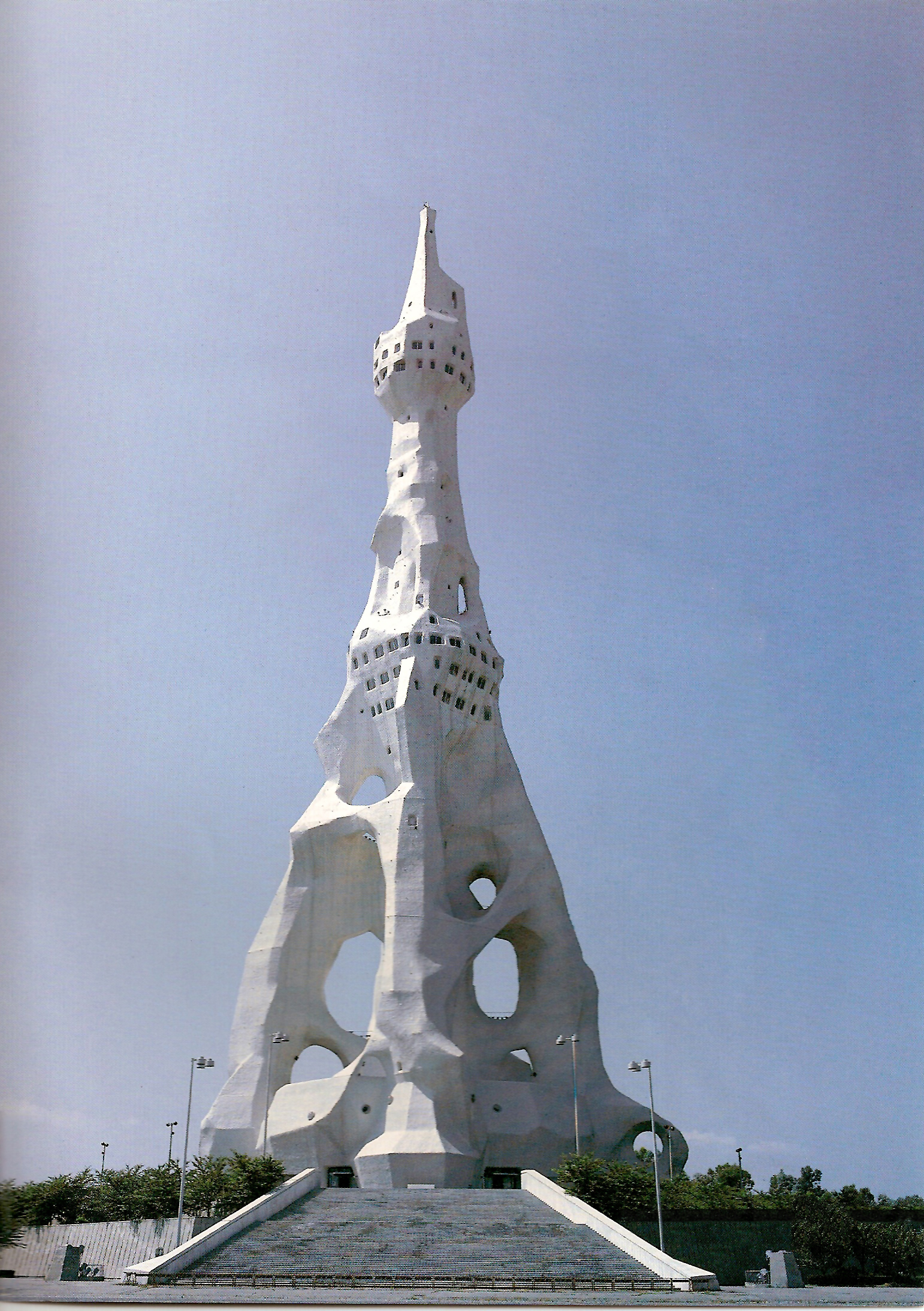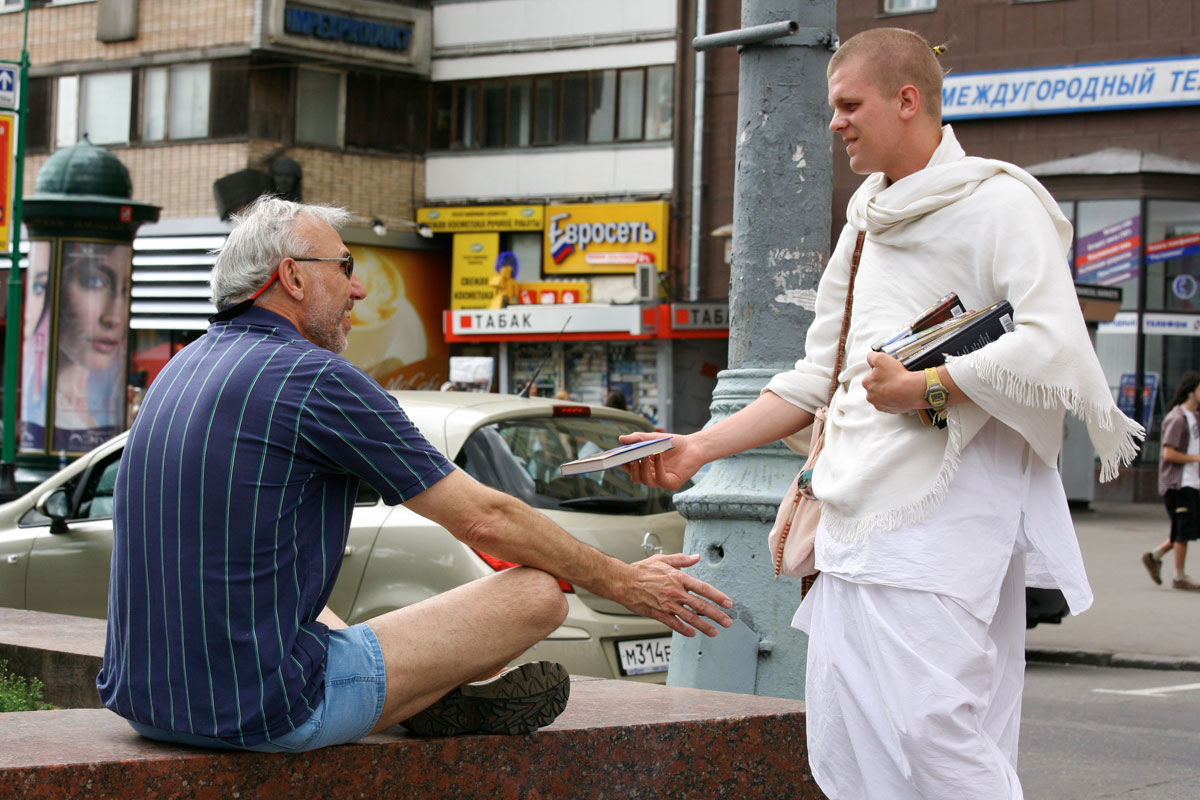|
Mahikari
Mahikari is a Japanese new religious movement ( shinshūkyō) that was founded in 1959 by Yoshikazu Okada (岡田 良一) (1901–1974). The word "Mahikari" means "True (真, ma) Light (光, hikari)" in Japanese. Foundation The Mahikari organization was founded by Kōtama Okada (born, Yoshikazu Okada) in 1959 under the name L. H. Yokoshi no Tomo (陽光子友乃会, ''Yokoshi Tomo no Kai'', "Lucky, Healthy, Association of Bright / Positive People"). Beliefs Kōtama Okada claimed that his role involved spreading God's Light and the universal principles to humanity. The art of True Light is a practice meant to purify one's spiritual aspect as an expedient toward attaining happiness. Radiating Light from the palm of the hand is a method of purification that cleanses the spirit, mind and body, and is said to help open the way to resolving all manner of problems. Okada spent much of his time in the early days of the organization giving Light to people throughout Japan. In 1973, he vis ... [...More Info...] [...Related Items...] OR: [Wikipedia] [Google] [Baidu] |
Sukyo Mahikari
Sukyo Mahikari ("Sukyo" means universal principles and "Mahikari" means True Light) is an organization with centers in more than 100 countries. The stated aim of the organization is to help people improve the quality of their lives and attain happiness by practicing universal principles and a method of spiritual purification called the art of True Light. It was founded by Kōtama Okada in 1959 under the name L. H. Yokoshi no Tomo. Sukyo Mahikari was registered on June 23, 1978 by Keishu Okada as part of an amicable settlement following the passing of Kōtama Okada. In 2013, Sukyo Mahikari announced it had a membership of approximately one million practitioners. History June 23, 1978: The establishment of Sukyo Mahikari is announced by Keishu Okada, the adopted daughter of Kōtama Okada. October 18, 1984: Inauguration of the Inner Shrine (Okumiya) of the World Shrine near the summit of Mount Kurai. November 3, 1984: Inauguration of the World Shrine (Suza) in Takayama City. Ju ... [...More Info...] [...Related Items...] OR: [Wikipedia] [Google] [Baidu] |
Yoshikazu Okada
Yoshikazu Okada (岡田 良一), born February 27, 1901 in the Aoyama area of Tokyo's Minato Ward, also known as Kōtama Okada, (岡田 光玉) was the founder of a new religious movement in Japan ('' Shinshūkyō'') generally referred to as ''Mahikari''. Yoshikazu Okada was born into a wealthy family as the son of Inasaburo, a major general in the Imperial Japanese Army. Okada, who studied with Prince Chichibu (Yasuhito) and others who came from prominent Japanese families,SM Monthly teachings, June 2005 graduated from the Japanese Army Officer Training School in 1922 and was commissioned a lieutenant in the Japanese Imperial Guard. After serving in military campaigns in China and Indochina, Okada retired from the army in 1941 due to a back injury with the rank of lieutenant colonel. Yoshikazu Okada established L. H. Yokoshi no Tomo in 1959, and in 1963, registered a religious organisation under the name "Sekai Mahikari Bunmei Kyodan." He assumed the name of "Kōtama" ("Spher ... [...More Info...] [...Related Items...] OR: [Wikipedia] [Google] [Baidu] |
Japanese New Religions
Japanese new religions are new religious movements established in Japan. In Japanese, they are called or . Japanese scholars classify all religious organizations founded since the middle of the 19th century as "new religions"; thus, the term refers to a great diversity and number of organizations. Most came into being in the mid-to- late twentieth century and are influenced by much older traditional religions including Buddhism and Shinto. Foreign influences include Christianity, the Bible and the writings of Nostradamus. Before World War II In the 1860s Japan began to experience great social turmoil and rapid modernization. As social conflicts emerged in this last decade of the Edo period, known as the Bakumatsu period, some new religious movements appeared. Among them were Tenrikyo, Kurozumikyo and Oomoto, sometimes called ''Nihon Sandai Shinkōshūkyō'' ("Japan's three large new religions"), which were directly influenced by Shinto (the state religion) and shamanism. The soc ... [...More Info...] [...Related Items...] OR: [Wikipedia] [Google] [Baidu] |
Religions Of Japan
Religion in Japan is manifested primarily in Shinto and in Buddhism, the two main faiths, which Japanese people often practice simultaneously. According to estimates, as many as 80% of the populace follow Shinto rituals to some degree, worshiping ancestors and spirits at domestic altars and public shrines. An almost equally high number is reported as Buddhist. Syncretic combinations of both, known generally as , are common; they represented Japan's dominant religion before the rise of State Shinto in the 19th century. The Japanese concept of religion differs significantly from that of Western culture. Spirituality and worship are highly eclectic; rites and practices, often associated with well-being and worldly benefits, are of primary concern, while doctrines and beliefs garner minor attention. Religious affiliation is an alien notion. Although the vast majority of Japanese citizens follow Shinto, only some 3% identify as Shinto in surveys, because the term is understood to im ... [...More Info...] [...Related Items...] OR: [Wikipedia] [Google] [Baidu] |
New Religious Movement
A new religious movement (NRM), also known as alternative spirituality or a new religion, is a religious or spiritual group that has modern origins and is peripheral to its society's dominant religious culture. NRMs can be novel in origin or they can be part of a wider religion, in which case they are distinct from pre-existing denominations. Some NRMs deal with the challenges which the modernizing world poses to them by embracing individualism, while other NRMs deal with them by embracing tightly knit collective means. Scholars have estimated that NRMs number in the tens of thousands worldwide, with most of their members living in Asia and Africa. Most NRMs only have a few members, some of them have thousands of members, and a few of them have more than a million members.Eileen Barker, 1999, "New Religious Movements: their incidence and significance", ''New Religious Movements: challenge and response'', Bryan Wilson and Jamie Cresswell editors, Routledge There is no single, a ... [...More Info...] [...Related Items...] OR: [Wikipedia] [Google] [Baidu] |
Japanese Language
is spoken natively by about 128 million people, primarily by Japanese people and primarily in Japan, the only country where it is the national language. Japanese belongs to the Japonic or Japanese- Ryukyuan language family. There have been many attempts to group the Japonic languages with other families such as the Ainu, Austroasiatic, Koreanic, and the now-discredited Altaic, but none of these proposals has gained widespread acceptance. Little is known of the language's prehistory, or when it first appeared in Japan. Chinese documents from the 3rd century AD recorded a few Japanese words, but substantial Old Japanese texts did not appear until the 8th century. From the Heian period (794–1185), there was a massive influx of Sino-Japanese vocabulary into the language, affecting the phonology of Early Middle Japanese. Late Middle Japanese (1185–1600) saw extensive grammatical changes and the first appearance of European loanwords. The basis of the standard dialect moved f ... [...More Info...] [...Related Items...] OR: [Wikipedia] [Google] [Baidu] |



